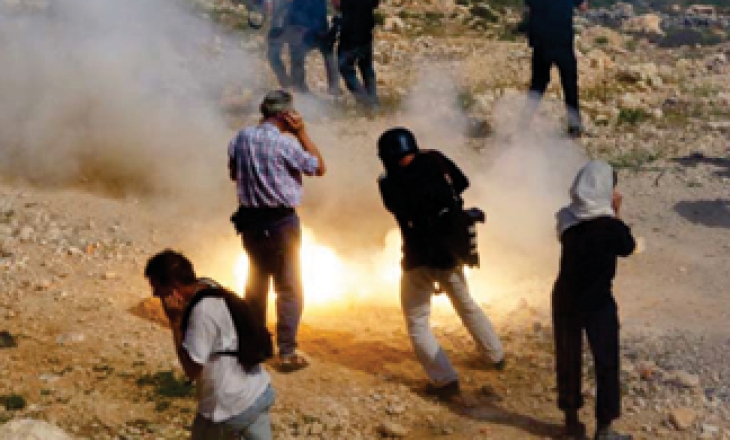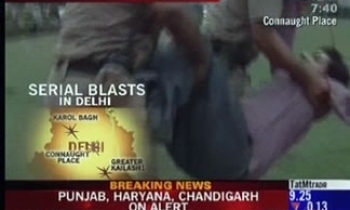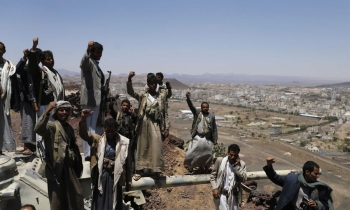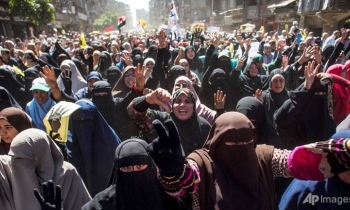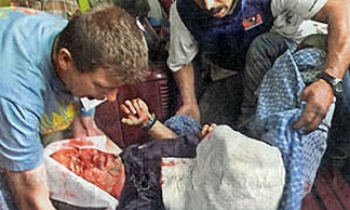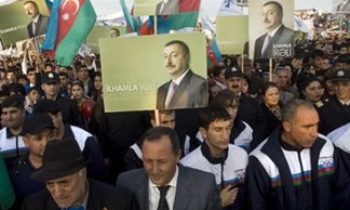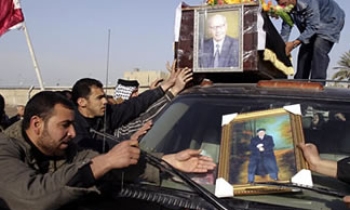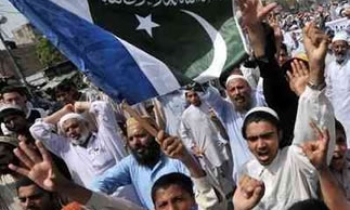This year could be the deadliest one yet for journalists. A wave of killings in the first days of the new year have undermined hopes that the falling death toll recorded in 2008 was the first sign of a change in the pattern of killings which have risen dramatically in recent years.
"The welcome relief brought about by the decline in the killings of journalists in 2008 has been shot lived," said Aidan White, International Federation of Journalists (IFJ) General Secretary at a press conference to launch the report 'Perilous Assignments: Journalists and media personnel killed in 2008'. "Ten colleagues died in January alone and from all regions of the world either in targeted killing or as a direct result of their work."
IFJ says that the international community still needs to step up to confront the challenge of impunity in the killing of journalists. "We often see politicians, even in democratic countries showing callous indifference to the threats posed by attacks on journalists and media. That must end," said White.
IFJ recorded 109 deaths of journalists and media staff in 2008, marking a decrease from the 2007 all time record of 175 deaths. According to the report, Iraq remains the most dangerous countries despite a substantial drop of media casualties from 65 in 2007 to 16 last year. The other dangerous zones are Mexico and India with 10 deaths each.
Across the world journalists and media continue to be in the firing line. From poverty and tribal rivalry in central Africa, to drug wars on the United States border with Mexico, civil strife in Sri Lanka, the neverending tragedy of Palestine and continuing clashes of culture and politics in Iraq, the uncertainties of unresolved borders between India and Pakistan and rapidly-warming frozen conflicts around the former Soviet Union, all provide stories laced with danger and threats.
But it is not just on the political battlegrounds where journalists are at risk. The Philippines, for instance, a country where corruption and lawlessness are rampant, remains notorious as the country where journalists are most likely to be murdered.
Of the nine journalists killed in the past year or so, eight were murdered. Five were radio broadcasters who had reported on corruption and were killed in drive-by shootings. Like many other governments that drag their feet when it comes to investigating the killings of journalists, the Government of Gloria Macapagal-Arroyo has been slow to challenge the culture of impunity, and has, as this report points out, presided over the worst death toll for journalists under any Philippines administration. It was only as a result of international pressure that in the past 12 months it opened investigations into some of the 62 murders of journalists during the last seven years.
In India, one of the gloomy black spots of the year, there were a series of murders in parts of the country where civil insurgencies are taking place. A total of eight journalists were killed—six murdered and two killed in separate cross-fire incidents in Jammu and Kashmir.
In nearby Pakistan the situation is almost as bad. Some seven journalists were killed during the year, in line with the previous year’s toll. Most died reporting on conflict and Islamist militants in one chilling case in Balochistan provided a stark warning to local journalists if they get too close to the truth.
In Mexico the cruel realities of endemic drug wars between rival gangs have been more threats
and killings of journalists. For years the focus in Latin America centered on Colombia where a toxic cocktail of drugs crime and political insurgency has claimed many media victims, but now the spotlight is trained firmly on the lawless regions of the Mexican north where drug trafficking is deeply embedded in the realities of everyday life. The number of journalists killed has steadily increased. In 2008, 10 died.
IFJ and other press freedom groups continue to press for campaigns that will isolate the killers, challenge impunity and create a culture of safety within Mexican journalism. That is no easy task given the lack of professional solidarity among journalists and within media.
IFJ says the culture of impunity for crimes against journalists and the systematic failure to respect the rights of journalists deny journalists the protection they are entitled to in their work, especially during armed conflict.
"The recent conflict in Gaza provides a powerful example of the dangers facing journalists" added White. "Media personnel and installations were targeted by Israeli military, causing casualties, including two fatalities in January and extensive damage to property."
IFJ was the first press freedom advocacy group to call for an investigation into the Israeli targeting of the media during the conflict in Gaza and is gathering information for a report on these attacks which will contribute to the investigation.
"Israel must be held accountable for the violations of international law and the international community, including the European Union, must enforce effectively provisions for the protection of journalists and media staff, especially Resolution 1738," White said.
This year's report as always comes with a warning—there are many different sets of figures given every year, but no organisation can say for certain that they have counted everyone. IFJ, working with the International News Safety Institute (INSI), tries to include the whole range
of victims, including those media staff who die in accidents while on duty, which is why the IFJ numbers may be higher than that of other groups. "But there are still deaths we may not know about, other journalists who have been silently and quietly silenced. All we can say with certainty is that these are the ones we know about."
The IFJ report also indicates that the organisation's Safety Fund contributed in 2008 over 100.000 Euro in humanitarian assistance grants to more than two dozens families of killed journalists and journalists in need. The Fund is also contributing to humanitarian efforts to help journalists as part of the IFJ Solidarity campaign launched in the wake of the Israeli attack on Gaza.
"The Safety Fund, created and funded by journalists to help colleagues in need is a shining example of solidarity in action," added White. "Through this Fund, journalists or their families, who otherwise would have been left to fend for themselves after tragedies such as accidents or the death of a bread winner, have been given a lifeline to help find their feet again."

